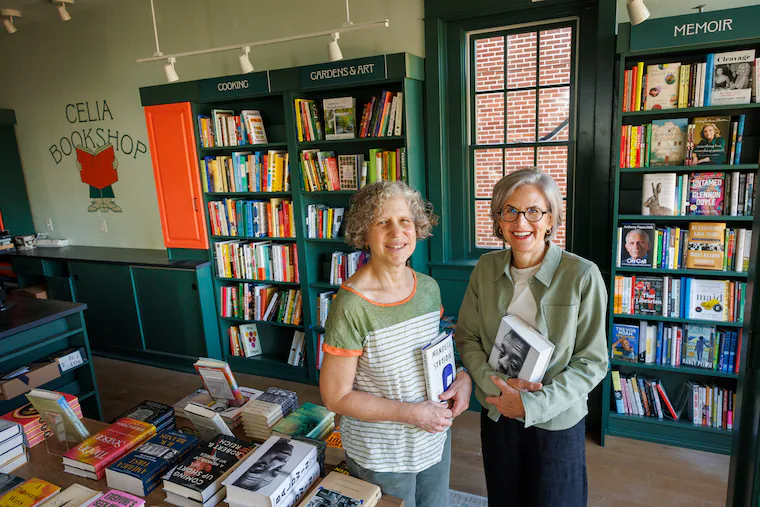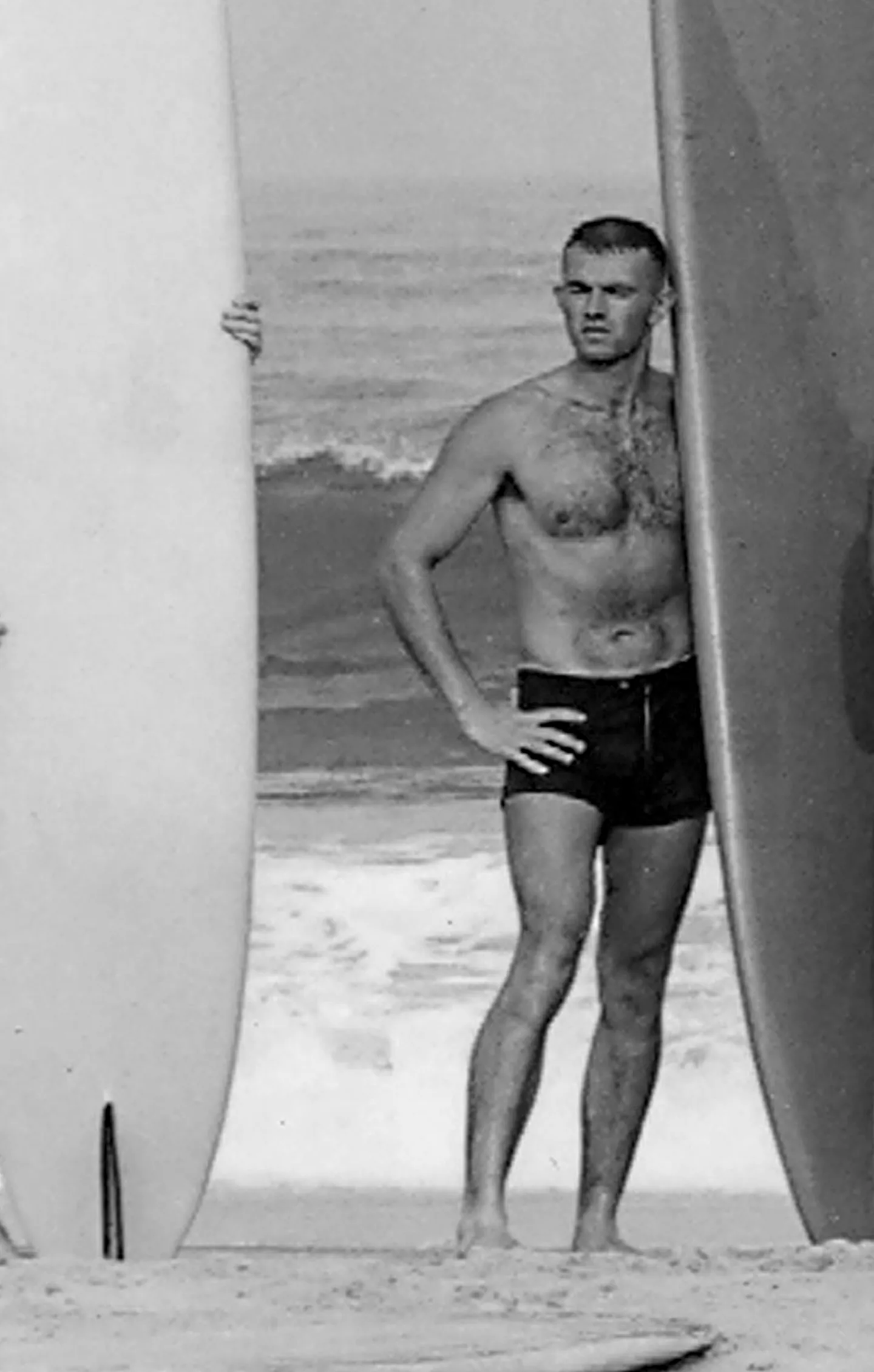
Swarthmore will soon be home to a new independent bookstore.
Celia Bookshop will open on Oct. 4 at 102 Park Ave., adjacent to the Swarthmore Library and surrounded on two sides by 110 Park, the new condominium complex currently under development.
The roughly 1,200-square-foot store will be open Tuesdays through Sundays, and takes over the former spaces of Gallery on Park and Harvey Oak Mercantile, both of which have relocated nearby. Celia Bookshop, named after Joseph Celia, an Italian immigrant who constructed the building and ran a family shoe business there for decades, will have a wide-ranging inventory of nearly 8,000 books.
Its dark green bookshelves are divided into sections like fiction, mystery and thriller, romance, literature, young adult, and horror and true crime. There are also more niche sections like one for all things food — including cooking, baking, beverages, and vegetarian cuisine — as well as local interest, featuring local authors.
More than a bookstore, its owner, Beth Murray, and the store’s literary director, Rachel Pastan, want Celia Bookshop to become a third space — a social spot that’s neither home nor work — in the community where people can gather and connect.
Two longtime Swarthmore residents, they saw a need for an independent bookstore in the borough and began pursuing the idea about two years ago.
The timing felt right, with Murray readying to step back from a more than 20-year career as a lecturer at The Wharton School of the University of Pennsylvania. Similarly, Pastan, an author of four books — with a fifth due out next August — was eager to dig into another realm of the literary world.
“[I] was feeling ready to sort of move on from making fiction to helping connect people to books, both fiction and otherwise, that they might not otherwise know about,” Pastan said.
To be sure it was the right choice, they spent the next year speaking to independent bookshop owners, with Pastan even taking a job at one for several months.
Murray then signed an agreement on what would become the storefront last September.
The space has since undergone renovations to combine two separate shops into a single storefront. Its front is now lined with windows and doors looking out on the town center.
Scattered throughout the space will be staff recommendations, with plans to create a community board where patrons can recommend a great read.
The back of the store is dedicated to children’s books, where there will be a children’s story time every Saturday at 10 a.m. — one of the regular events Murray and Pastan are planning. Other events will include book launches and clubs.
The duo are also tapping into the expertise at Swarthmore College for guided readings. Its first, In Case You Missed It: Revisiting the Classic, will be a six-week series focused on Leo Tolstoy’s Anna Karenina. The session, which begins Oct. 28, will be led by the college’s modern and classic languages professor, Sibelan Forrester.
By hosting an array of events, Murray and Pastan hope people feel welcome. They’ve also created spaces where shopgoers can settle in, like a handful of window seats and cafe tables. There’s also a self-serve coffee station, which also has a small selection of pastries.
In addition to a third space, the store will also be something of a cultural addition to town thanks to a massive mural that will soon adorn one side of the building. Italian artist Pepe Gaka began painting the 50-foot-long, two-story mural late last month and is expected to complete it by the end of October. It will feature a bright display of flowers and a stack of books with two children sitting atop them. One of those books will have the fictitious title The Art of Shoemaking by Giuseppe Celia, a nod to the building’s original owner in his Italian name, who opened his store in the 1920s. It operated there for over 50 years.
In a further nod to Celia, the bookshop’s logo character, who sports a pair of leather shoes, is named for him.
“I have this sort of fanciful idea that a book and a shoe are like soul sisters,” Pastan said. “In their old fashioned incarnation, they’re both made out of leather, and they’re hand sewn, and they’re just really important to people, and they support them.”



